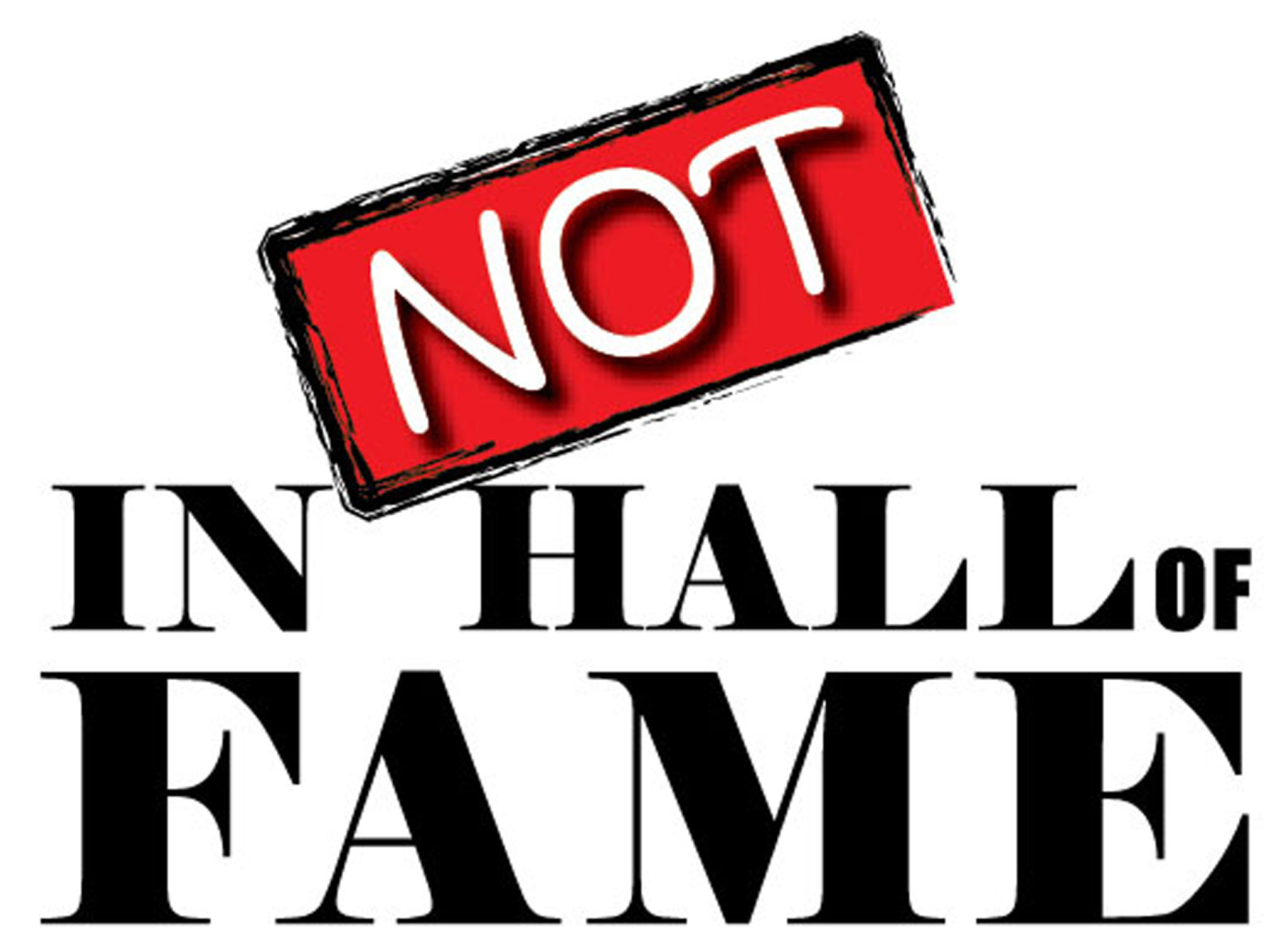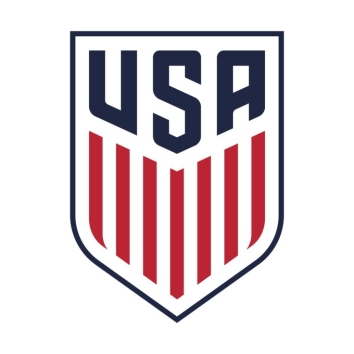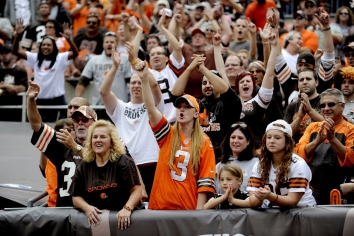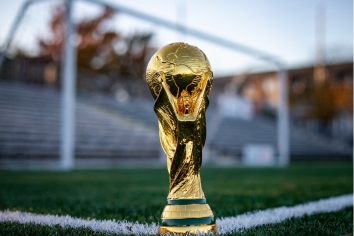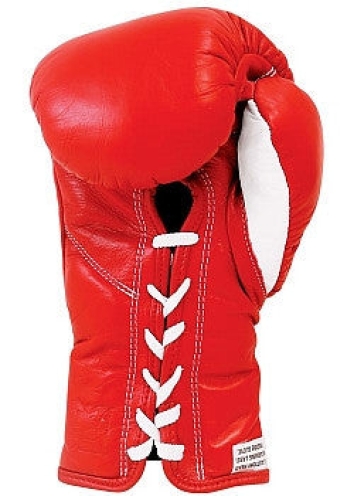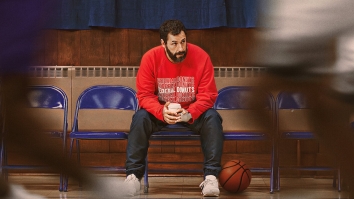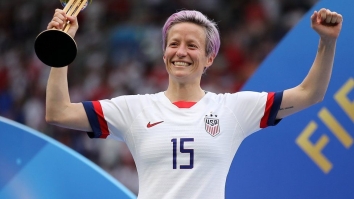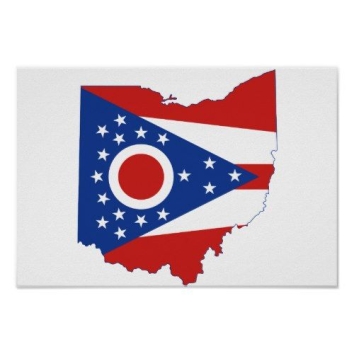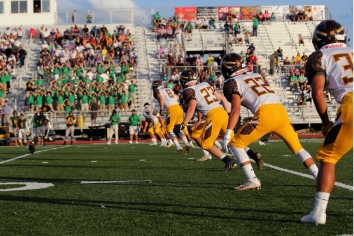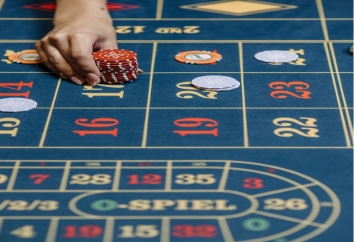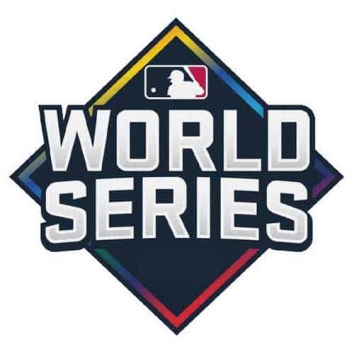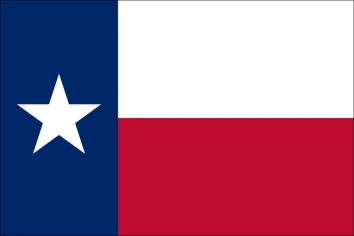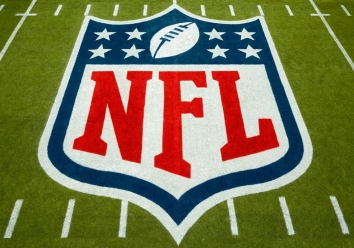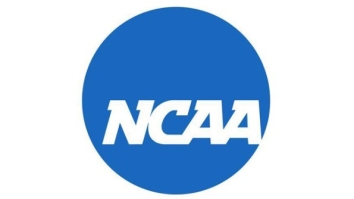From the Desk of the Chairman
World Cup: How has the USMNT fared in recent editions of the tournament?
The 2022 FIFA World Cup is finally underway, and there have already been plenty of stunning results. Qatar became the first host nation in the history of the tournament to lose their opening game when they were defeated by Ecuador in the competition’s curtain raiser. North African nations Tunisia and Morocco both managed goalless draws against European powerhouses Denmark and Croatia.
But the biggest talking points so far are without a doubt the gobsmacking defeats suffered by Argentina and Germany. The two nations have six FIFA World Cup trophies between them and both were expected to impress on football’s greatest stage.
Early World Cup upsets
On day three, Lionel Messi’s Albiceleste were humbled by a determined Saudi Arabia. The 33/1 underdogs managed to overturn a 1-0 halftime deficit within five minutes of the restart to secure a 2-1 victory. At one point, the Saudis were 500/1 to pick up the victory, not quite the price that Leicester City were at when they themselves shocked the footballing world in 2016. But Saudi Arabia’s victory is probably the most shocking result in the 92-year history of the World Cup, and belongs on lists of football's biggest upsets.
The following day, it was the turn of Die Mannschaft. The Germans were embarrassed four years ago when they exited the tournament in the group stage after heading to Russia as reigning champions. Throughout the first 60 minutes of their opening game with Japan, it looked like those ghosts were going to be firmly put to rest thanks to a dominant display. Instead of being put to rest, those ghosts reared their heads once again. The Blue Samurai’s netted twice in the last 15 minutes to pick up a stunning 2-1 victory of their own.
The USA’s campaign began on day two of the tournament, and they were keen to avoid an upset of their own. Despite taking an early lead, they were pegged back late on by Wales courtesy of a penalty from LAFC star Gareth Bale, the game finishing in a 1-1 draw. As such, the Stars and Stripes World Cup dream hangs in a balance. But as you are about to see, the USMNT certainly has pedigree on the world stage.
USA make second round three times in last four appearances
While the 1-1 draw in Al Rayyan against the Red Dragons was disappointing, it was nothing compared to the humiliation of four years ago, when a 2-0 defeat in the final qualifying game against Trinidad & Tobago - who hadn’t won a game all campaign - meant that the USMNT missed the World Cup for the first time since 1986. Prior to that, the US had been impressive at the World Cup, including pulling off a huge upset victory against England courtesy of a goal from Joe Gaetjens.
In 2014, they finished ahead of Cristiano Ronaldo’s Portugal in the group stages, knocking them out of the tournament in the process and securing a last-16 tie with Belgium. While the Red Devils were heavy favorites to progress, the USMNT gave them all they could handle, eventually succumbing to an extra-time defeat.
Four years prior to that, the United States once again reached the second round thanks to Landon Donovan’s heroics in the final group game against Algeria. His last-gasp winner sent Bob Bradley’s side into the second round. However, more extra time heartbreak would await thanks to Ghana’s Asamoah Gyan. His goal set the Black Stars on the way to a quarterfinal date with Uruguay, while Donovan and co. headed home.
But Donovan’s coming out party came eight years before the 2010 tournament in South Africa. Back in 2002, he was awarded the tournament's Best Young Player award as the US stunned everyone to reach the quarterfinals. They once again finished ahead of Portugal - this time with Luis Figo as their main man - to secure a spot in the second round. There, they would defeat archrivals Mexico 2-0, winning their first and only World Cup knockout game in the process.
This year, the USA have two games remaining against Iran - who famously defeated them at France ‘98 - and then England. A win and a draw would probably see the current crop through to the second round, and who knows where beyond there?
Your First NFL Season as a Fresh Fan
Getting into something new is always exciting, especially when there’s a large and passionate fan base for you to interact with as you make your way forward as a new fan. This might be, for some people, especially true of sports, where the communities that surround different games and teams are as passionate as any fan base.
However, while you might have a good idea of which team you’re falling behind, you might be unsure of your other first steps as a new fan, and having some idea of your possibilities in this regard can make your next moves feel exciting and open-ended – making the prospect of the next game as exciting as possible.
Understand Your Appeal
There are many different aspects of any given sport that people find themselves drawn to. Some might be into it for the statistical details that can emerge across long periods of a team’s history, and others might purely be into it for the physical exercise that comes from their own participation.
This isn’t to say that you should lock yourself completely behind one aspect of something so multi-faceted, but understanding your own interest in such a way might stop you from trying to force yourself to engage with every part of the NFL, even when you don’t find them equally appealing.
This might come from sampling a variety of approaches, watching games at home, watching games live, or potentially playing some football with your friends – it’s all about understanding your own interests.
Personal Involvement and Emotions
Sport is something that people often feel very passionately about, and as a result, emotions can flare when a result doesn’t go the way that they would like. It’s important to understand when to recognize these emotions in yourself so that you have the time to respond accordingly, preventing a negative outburst for the sake of yourself and everyone around you – techniques such as breathing exercises might help with this.
Additionally, extra hobbies within the pastime of Football are popular, but they can also lead to heightened emotions, especially with something as exciting as sports betting through outlets like Unibet sportsbook.
What starts as an activity to engage with alongside the game can be something that leads to rising feelings; however, learning how to engage with such activities in a responsible manner, with regular breaks, budgets, and limitations, can help you to enjoy the act of sports betting and not get swept away too much in all the thrills and fun.
Treasure the Journey
Many longtime fans might look back fondly on their first seasons due to the freshness and novelty of it all. It’s often difficult to appreciate such things when you’re in the midst of it, but experiencing things such as live games, and experimenting with how you and your friends like to watch and talk about the games, can be an exciting time to be a part of.
Whenever you get into something new, there can be a desire to get on top of everything as quickly as possible, but learning to savor the bumps in the road as part of the experience might help you to make the most of the early days of your career as an NFL fan.
Two Forgotten Heroes of Past World Cup Tournaments
Well, the tentpole quadrennial tournament for international soccer is finally upon us. After all the hype and eager anticipation, waiting for national team head coaches to name their squad, we now know the players who will participate at the 2022 FIFA World Cup in Qatar. Many of them are familiar faces, iconic superstars who need little introduction, although the majority are names we have never heard mentioned before.
Tips for Anyone Starting Boxing
Being involved in a sport is a great thing for everyone to do. However, this is something that a lot of people can neglect. Part of the reason why this happens is because they try out one sport, don’t like it and give up. There is always going to be a sport out there that you can enjoy. Sometimes it may take some trial and error to find one that you love, but you will find it.
Why Do People Prefer Online Casinos?
Online casinos offer a vast variety of games with varying payouts. They are available 24 hours a day, 7 days a week, for as long as you want to play them. In addition, online sites provide tutorials, so new players can learn how to play their favorite games and get the most out of their gaming experience.
Ways to Pass Time During the Off-Season
Sport is one of the best things around. With so many amazing choices when it comes to sports, you really cannot get bored when you are interested in this world. Even by just following one sport, you are going to be treated to constant live events, news, and different personalities. That isn’t even including the fact that you might play the sport yourself, which can add a whole other host of benefits to your life. So, if you are not currently invested in a sport, now might be the time to change that.
How to Devote Your Weekend to Sport
Being a sports fan is one of the best things you can be. There is just going to be an endless stream of enjoyment and excitement for you to endure. There are always going to be live events, breaking stories, and much more to digest when it comes to any sport that you might be interested in. Not to mention, you don't have to limit yourself to just one sport. Feel free to keep track of as many sports as you like. After all, the more the merrier.
Best Sports Films of the Modern Day
Many different things help to make a film as great as it is. The stories, the acting, and the directing all come together to make a movie intriguing and engaging. There is nothing quite like being able to sit down and get lost in a movie that you love. This is why going to the cinema is such a popular evening activity. No matter what sort of interests or preferences you have with your pastimes, there is a good chance that you are always going to appreciate a good movie.
5 Lesbian US Soccer Stars Who Can Be Called LGBT Sports Icons
Soccer was once a bastion of masculinity, often with entrenched attitudes bordering on gender and sexuality issues. But as we move further into the 21st century, thankfully, those attitudes are appearing far more out of sync with modern times. Football has taken off amongst females.
The best NBA players from Ohio
The mid-west state of Ohio has produced a number of top NBA players over the years, including some of the greatest to play the sport of Basketball. Many have won championships, MVPs and achieved consistent success throughout their careers.
The Best Hobbies for Sports Fans
Sports fan? If you have a passion for sports, you will find that sports can make up a large part of your life and personality. It is also important to have diverse interests and different hobbies in your life, which is why you might want to consider picking up a new hobby to enjoy for the times when you are not watching, playing, or breathing sports. So, what are a few of the best hobbies for sports fans? There are plenty of good options that sports fans find to be enjoyable, and this article will take a look at a few that are worth considering.
College Football Players Ranking: College football's top 30 players 2022
The upcoming start of actual football games means it is time to rank players on their actual football ability after an offseason spent continually ranking and re-ranking college football players on NIL deals and transfer portal changes. A good, old-fashioned 1-to-30 stacking of who is the best at playing football, independent of position, would be preferable rather than ranking players by team, conference, or where they may or may not be taken in upcoming NFL drafts.
Key tips to consider before playing crash games
Every crash game enthusiast must be aware of several key factors before playing a crash game. These factors are crucial to boost your crash game and avoid major losses. Continue reading this article to discover the key things you must consider before playing crash games.
Three Reasons Why Folks Prefer Online Casinos
Introduction
An online casino is an internet gambling facility where you can play casino games. It provides better income and more variety besides excitement and entertainment. Additionally, there are more options available with online gaming than in actual casinos. On websites like go perya, you get quick and efficient transactions, free bonuses and promotions, and an entirely new gambling experience.
What the News Doesn't Tell You in MLB World Series 2022
The MLB World Series is one of the most popular sporting events in the world, and it's always a big deal. But what do you know about it? We're going to give you some insider info thatMLB news updates don't tell you about the World Series.
The Most Famous College Racer Teams
The competition in F1 races is very fierce. Being a racer is a lot harder than it looks. It involves meticulous expertise and care by drivers and their teams. Making errors isn't ideal as it could result in dire consequences.
Texan Sports Fans Love These Top 3 Casino Games
Of all the states in the USA, there is no doubt that those in Texas love their sports more than people in many others. All sorts of different sports capture the imagination of those in the Lonestar state, and there is certainly the competitive element of sports that draw them in time and time again.
3 Tips to Win Online Sabong
Online sabong has been steadily gaining in popularity, and many people still wish to join the frenzy around it. Online gambling may be a fantastic method for some people to kill time, but it may also be a good opportunity for others to earn extra money and fully rest their fate. Others have succeeded in playing for so long that they already know several strategies to ensure success or good strategies to recoup their losses. Sometimes people have a lucky break and are willing to accept it while also feeling happy. Others, however, rely on strategies other than luck, such as advice on succeeding at online sabotaging.
Ranking Every NFL Team by Historical Winning Percentage (2000-2022)
Introduction
The exciting, enticing, and exhilarating National Football League began its adventure in the vast world of sports in the year of 1920.
NFL 2022: Ranking College Football Conferences by their NFL Representation
The recently concluded 2022 NFL Draft was one for the books. National champions, the Georgia Bulldogs, sent 15 players to the NFL, a new record that eclipses the previous tally set by LSU Tigers in 2020 and Ohio State Buckeyes in 2004 (14 draft picks each). Not only that, Georgia had five defensive players from its title-winning team selected in the first round of the draft. And why not? The Bulldogs defensive unit was ranked the best in the country by the Associated Press, and allowed only 10.2 points per game throughout the 2021 season.
